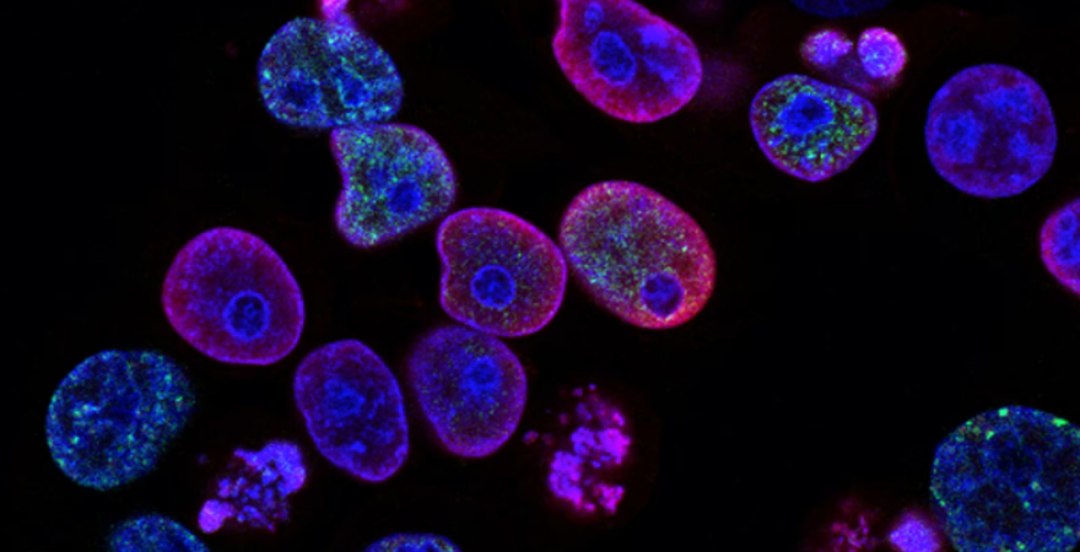

Freelance Life Sciences journalist supporting technological and scientific solutions through content creation and international expansion.
The information behind each image, the metadata, can reveal disease singularities that might escape from the expert ́s eye. Bioimaging combined with artificial intelligence, its different technologies evolving at the same time, and the increasing demand of hospitals and labs turn this field into one of the most attractive and solid to invest in.
Bioimaging allows non-invasive detection, diagnosis and therapy for a large number of diseases, mainly in oncology, genetics and neurodegenerative disorders. The variety of bioimaging techniques is huge. It covers several methods and instruments to acquire, process and visualize the forms of living objects and systems, capturing details that are impossible to detect in other ways. These techniques are enhancing scientists with valuable information about tissue compositions, morphologies and functions of many biological processes.



For example, HT BioImaging is a patented medical imaging platform technology with the mission to early detect and classify cancer. In this case, the CEO shows a remarkable number of collaborations, publications and a high H-Index.

Live cell imaging represents quite well the bright future of bioimaging. The study of cells in real time, exploring internal structures and visualizing metabolic processes are key for immunology and cancer research. From governments to small labs, everyone seems interested in this technology. Live cell analysis is being developed across the world, by very strong companies, for example, the global company BD (Becton, Dickinson and Company) or smaller ones, such as the Sweden Phase Holographic Imaging, that facilitates scientists to collect data directly inside incubators.
Super-resolution is also used at a faster rate in the life science industry, impulsed by nanotechnology and multiple applications in R&D. So the adoption of super-resolution microscopes is certainly expected to increase.
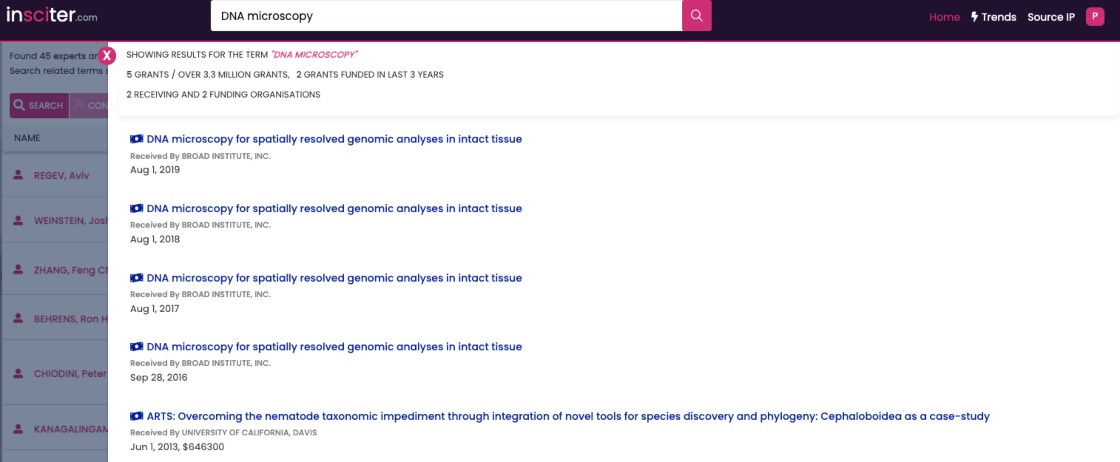

Electron microscopes: applications across life sciences; good for understanding the structure of proteins.
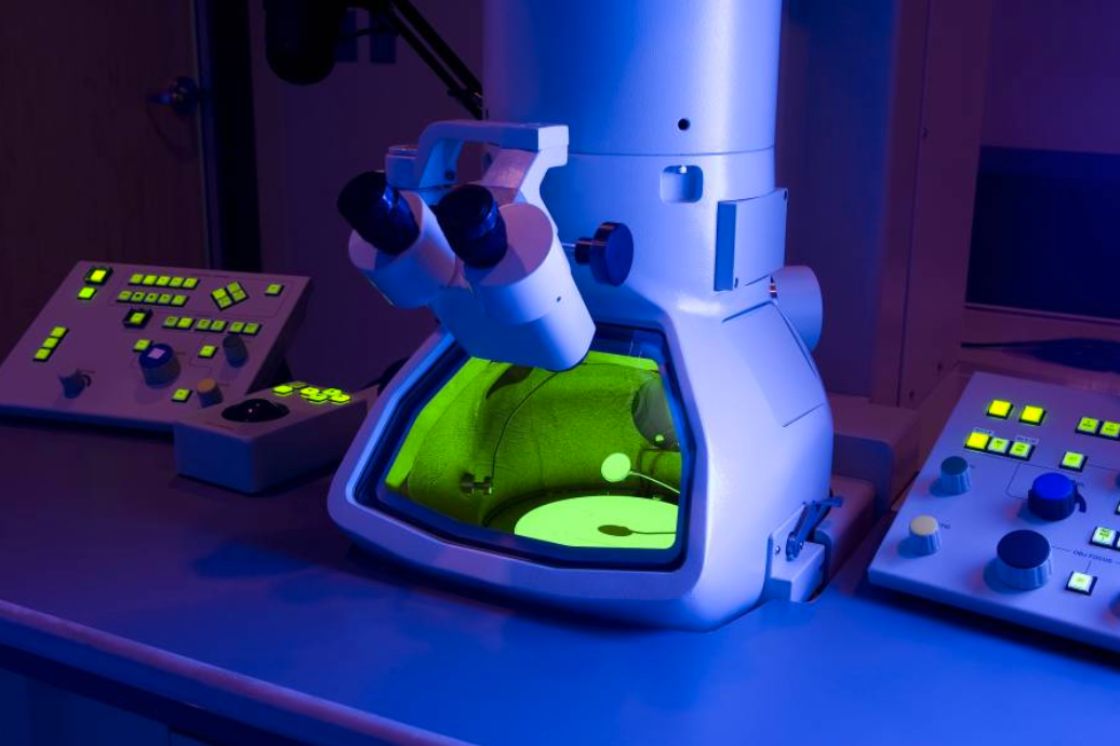
Confocal microscopy: Rising adoption in academic research; it has already been growing firmly in the last years.
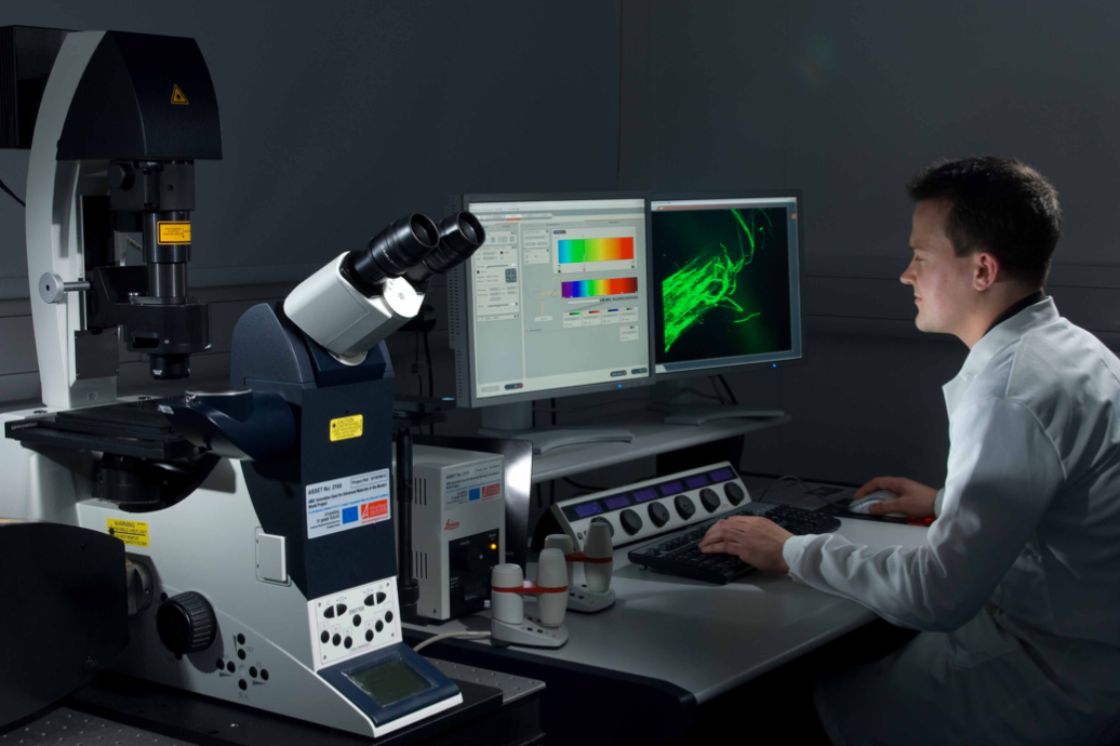
Fluorescence microscopy: broadly used in biological research; it offers simplicity and high sensitivity.
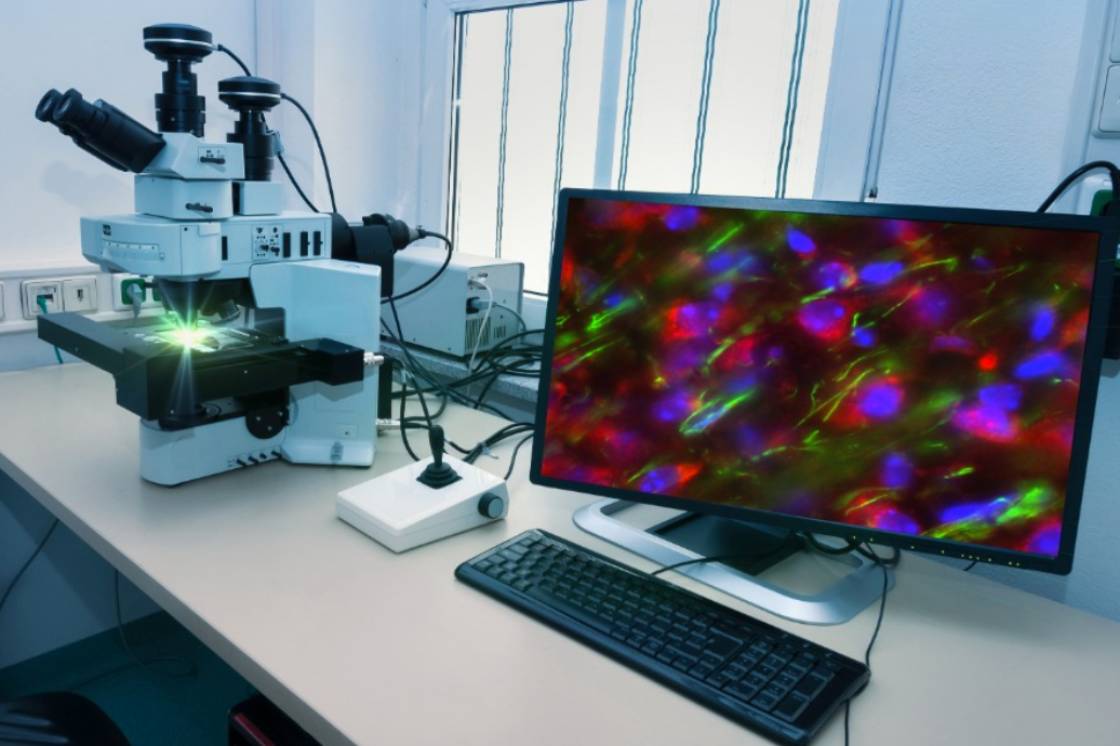
The development in bioimaging technology, with continuous steps in sensitivity, resolution, speed, and signal processing, have expanded the applications to new areas, studying gene expression or brain structure.
A variety of new microscopies has also flourished, which brings non-linear photon interactions and the sensing of atomic forces at surfaces. Furthermore, other innovations in ultrafast lasers, quantum-enabled imaging, or LLSM (Lattice Light Sheet Microscope) for 4D imaging are adopting significant roles to capture the secrets of life too.
However, stakeholders should not forget that there are investment opportunities in more classic technologies, mainly, X-Ray, that will continue covering the same needs of detecting bone fractures, mammography, dental problems, or orthopedic applications. And ultrasound technology, still required worldwide for scanning living bodies, specially known for monitoring pregnancy.
Networks of engineers, physicists, mathematicians, computer scientists and biologists around the globe are forming hubs of imaging expertise. Developing microscopy tools and accelerating their use will drive innovation for curing, preventing, and treating many diseases.
In Europe, the main initiative comes from Euro-BioImaging which provides life scientists with imaging instruments, expertise, training opportunities, and data management service.
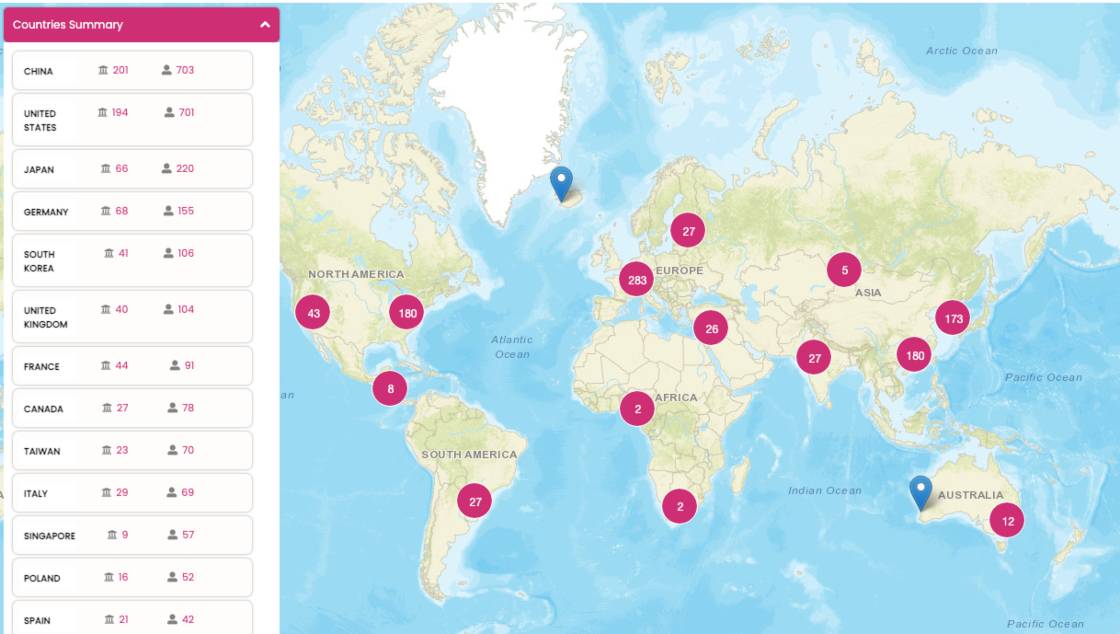
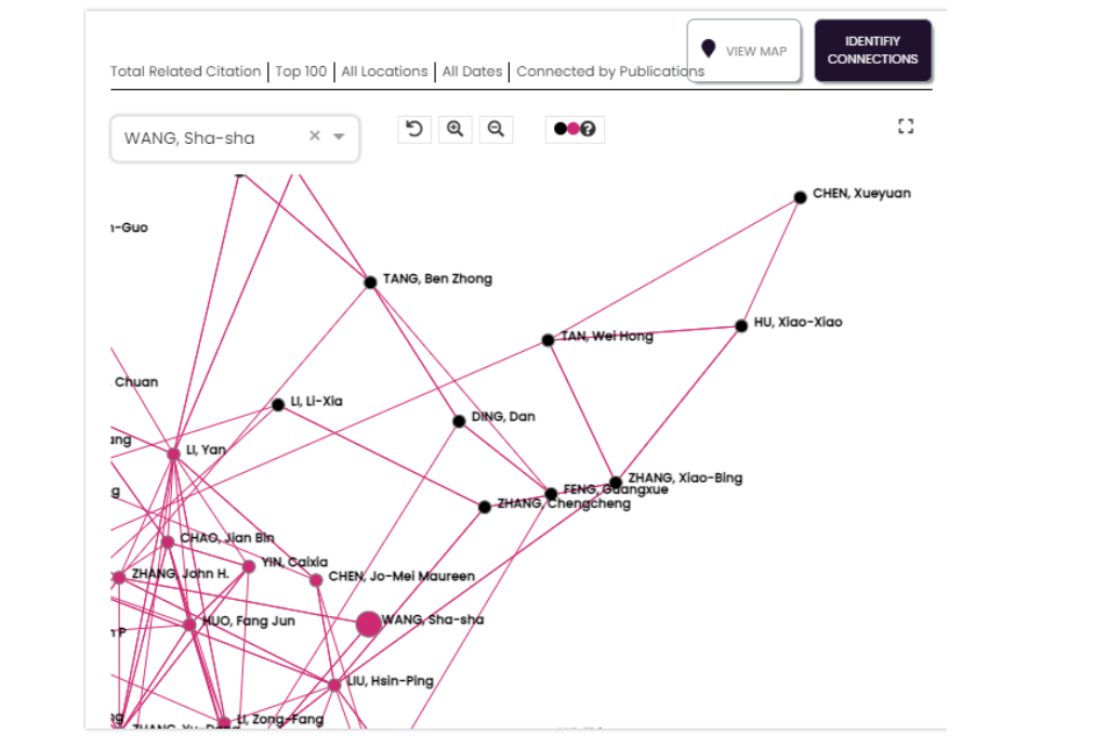
The support is coming from other players too, such as the Chan Zuckerberg Initiative, with its recent announcement of $5 million aimed for the advancement of imaging technologies worldwide. Their projects (Expanding Global Access to Bioimaging) reach 16 countries, including research infrastructure in Africa.
Sharing bioimaging knowledge is essential for global health. Investors and institutions should also facilitate open access to this complex amount of bioimaging data to be reused by other researchers, and letting workflows be shared and scaled more easily.
Bioimaging has evolved from simple uses of X-rays, that began more than one hundred years ago for diagnosis of fractures and foreign bodies, into spectacular live images at the atomic level of molecules, cells, and tissues across life sciences.
Imaging technologies associated with biological, genetic and -omics data will contribute to more personal treatments. In addition, the adoption of bioimaging in the food and agricultural industries for quality evaluation provides another opportunity in the coming years.
Bioimaging has become one of the pillars of scientific investigation. However, the extreme high-cost of some devices restrains the market growth. For example, a few weeks ago the Institute in Zagreb bought a €600,000 super-resolution microscope, and MRI´s (Magnetic Resonance Imaging) can cost over 1000$ for a patient. It seems clear that the awesome innovations will go ahead during the decade, but also the limitations and the unreachable prices both for many researchers and for the majority of patients around the world.

Keep up to date with the latest news in the biotech investment community.
© 2021 Insciter. All rights reserved. Insciter is a technology application which serves as a search engine and data provider
Trading name of Layer IV Limited. Registered in England and Wales No. 11737675